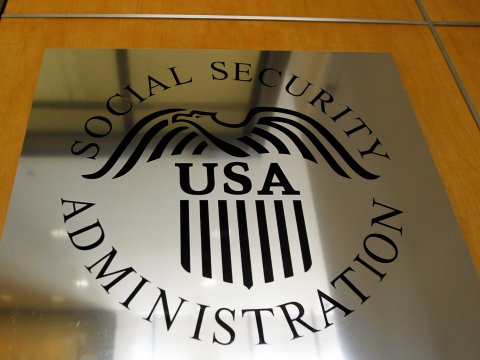
For the first time in recent memory, the annual cost-of-living adjustment for federal retirement benefits could increase significantly.
The Bureau of Labor Statistics announced this week that the Consumer Price Index for Urban Wage Earners and Clerical Workers (CPI-W) increased 6.1 percent over the last 12 months. This figure is significant to federal retirees and those soon to retire, because it’s the basis for the annual retiree cost of living adjustment.
Annual COLAs are determined by comparing the average monthly CPI-W during the third quarter (July to September) of the current calendar year and the third quarter of the base year, which is the last previous year in which a COLA was applied. The effective date for COLAs is December, but the adjustment first appears in the benefits issued during the following January. This means that the 2021 COLA for federal retirees won’t be determined until the CPI-W announcement for the end of September, which will occur by mid-October.
The CPI-W will be influenced by the additional increase (or decrease) in prices for July, August and September. Based on the second quarter announcement, it’s shaping up to be a significant increase. The recent history of COLA increases includes 1.3 percent (2020), 1.6 percent (2019), 2.8 percent (2018), 2.0 percent (2017), 0.3 percent (2016), 0.0 percent (2015), 1.7 percent (2014), 1.5 percent (2013), 1.7 percent (2012), 3.6 percent (2011), 0.0 percent (2009 and 2010) and 5.8 percent (2008).
It’s important for those who are planning to retire from the federal government to understand how the annual COLA is applied to your retirement benefits. Let’s start with Civil Service Retirement System and Federal Employees Retirement System benefits. Eligible annuitants must be retired for at least one year to receive the full annual COLA, but the maximum increase is computed a little differently for FERS annuitants. One year starts with the December 2020 retirement benefit and ends November 2021. For example, if you retire on July 31, 2021 and your retirement starts on Aug. 1, you will be retired for four months during the 2021 rating period. You would receive 4/12 of the 2021 increase in your January retirement payment (which covers the month of December).
The difference for FERS retirees occurs when the increase is higher than 2%. When the increase is 3% or higher, the maximum boost for FERS retirees is 1% less than the full COLA increase. So, for example, if the 2021 COLA turns out to be 6%, FERS annuitants will receive 5%. In years when the rate of the COLA is between 2% and 3%, FERS retirees are granted a 2% COLA. The only time such a reduced (or “diet”) COLA doesn’t apply to FERS is when the COLA increase is 2% or less.
FERS COLAs apply only to the retiree’s basic annuity (not the FERS retirement supplement). For survivor annuitants, the COLA applies to both the basic survivor annuity and supplementary annuity. CSRS COLAs apply to all annuities, regardless of the age of the annuitant. FERS COLAs generally do not apply to annuitants who are under age 62 as of Dec. 1, 2021, with some exceptions.
For FERS employees who are planning to retire at the minimum retirement age of between 55 and 57 years old, this can be a significant issue if a trend of higher inflation continues. A 5% increase to a benefit of $1,000 per month would add $50 to the retirement benefit. Over time the lack of such a COLA would result in a significantly reduced buying power of the benefit.
For Social Security recipients, the COLA is also based on the full CPI-W third quarter adjustment. The increase in Social Security benefits is a little more complicated to calculate since it is based on the benefit payable at your full retirement age.
If you would like to have a free retirement review to know where your pension numbers look like, please feel free to Contact Us today and schedule your one-on-one call today.







Recent Comments